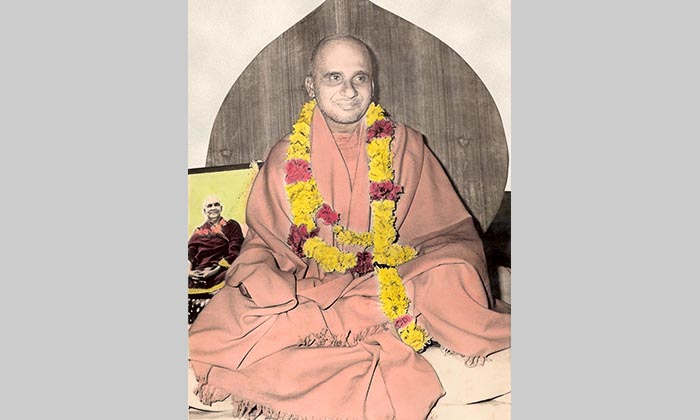A Summary of the Srimad Bhagavata Mahapuranam-3.26.

Chapter-3: Kapila’s Instructions to Devahuti - 26. Now, coming to the point of meditation on God as the Supreme Person, we have to see how we can visualise Him in our presence as a mighty inclusiveness—a Person standing before us in all glory and perfection. We require a little bit of imagination and the power of will to concentrate like this. We say that God created the world. The Bhagavata does not deny this fact that God created the world because the mind of the human individual cannot but accept that God created the world. We cannot violate our own sense of feeling. The Bhagavata does not expect us to violate our own feelings and acceptances, and takes them as they are. And like a good schoolmaster taking the student from the level of his own standard, the Bhagavata gradually takes us from our own standard of incompleteness and finitude, and the needs incumbent upon this finitude, to another level. Swami Krishnananda To be continued ....




